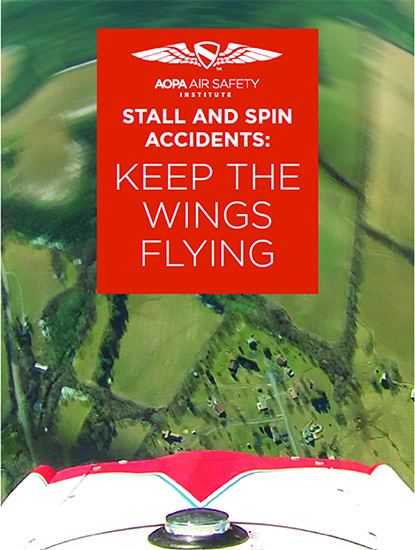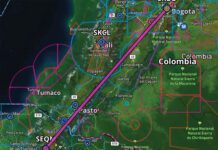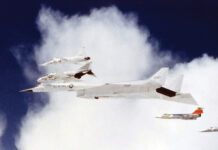Quite a lot has been written (and vlogged) about the crash of a Cessna 140 in a spot landing competition in May 2022. Most accounts point out—correctly—how decisions about spacing and glide path management, and even whether it was wise to hold the “pick-up game” contest in winds that caused cancellation of a larger, planned “STOL Drag” event, may have contributed to this crash. Those lessons are all valid.
But I’d like to look at this tragic accident from the more global perspective of stalls in the airport traffic pattern. First, though, let’s explore what the NTSB’s preliminary report on this accident had to say, highlights of which are in the sidebar below, including images of the accident sequence.
AFTERMATH
The Cessna 140 was destroyed when it impacted terrain near the Wayne Municipal Airport (LCG), Wayne, Neb. The private pilot was fatally injured. The airplane came to rest about 1600 feet from the Runway 31 threshold and about 250 feet right of the extended centerline.
Examination of the accident site confirmed flight-control continuity from the cockpit to all flight control surfaces. Fuel remained in both wings; there was no evidence of fire. The airspeed indicator needle was found indicating about 57 mph and a rub mark at this speed was observed on the instrument’s face. The left seat lap belt was found belted; shoulder harnesses were not installed. Winds were from 290 degrees at 15 knots, gusting to 21 knots.
The pilot who perished was well known in STOL Drag competitive circles and highly regarded for his flying safety entries on his YouTube channel. Yet all indications are he succumbed to a “simple” stall on final approach. How might that have happened?
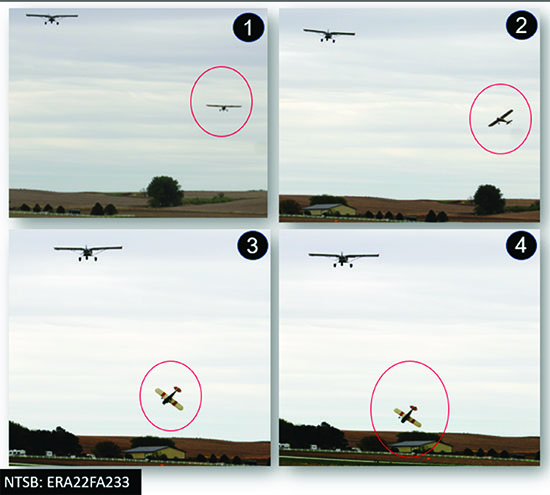
- The accident pilot was participating in the 2022 Wayne County (Neb.) Mayday STOL Drag Races, a slow-flight competition. Due to gusty winds, some events were postponed.
- The accident occurred during practice/informal competition flights among the participating pilots. The accident airplane was the last one among a group of five, and two landings had been performed without incident.
- On final approach for a third landing and following a Zenith STOL 701 also on final, the accident airplane descended and appeared to be lower than the airplane ahead.
- Subsequently, its pitch attitude increased. It then rolled right and completed ¾ of a right-turning spin before impacting terrain in a near-vertical attitude.
- In the seconds before the accident, the operations coordinator twice radioed the accident pilot to lower his nose.
- There were no communications received from the accident pilot, and none of the other pilots in the pattern were talking on the radio near the time of the accident.
PUTTING IT IN PERSPECTIVE
If I were to ask, “Where in the pattern are stalls most likely to occur?” chances are you’d say, “In the base to final turn.” That’s the pattern stall we talk most about and train for, and if we’re thinking about stalls during airport operations, that’s the point where we’re most on-guard for stall avoidance. This emphasis may inadvertently make us complacent about other stall scenarios in the pattern. And surprisingly, the base-to-final turn is statistically one of the least-likely to result in an accident.
In 2017, AOPA’s Air Safety Institute (ASI) published a report titled, Stall and Spin Accidents: Keep the Wings Flying. The AOPA/ASI studied all stall-related accidents resulting in an NTSB investigation for the years 2000 through 2014. There were a total of 2015 stall-related accidents during this 15-year sampling. The sidebar above highlights some elements of the study.
In the sidebar on the following page, another graph shows the phase of flight in which these stalls occurred, and their relative lethality. By eliminating stalls following power loss, including fuel mismanagement, and those reports of stalls during maneuvering flight away from an airfield, I was able to focus on cases of aerodynamic stall in the pattern that were solely the result of loss of aircraft control. The results challenge the conventional wisdom of risk management and flight instruction.

“Twenty-five percent of stalls during go-arounds, 40 percent of those during takeoff or climb to pattern altitude, and 54 percent of those on all legs of the pattern between the crosswind turn and final approach were fatal,” according to the AOPA/ASI report. Further, “While stalls during the turns from downwind to base and base to final were less common than expected, accounting for less than four percent of those in the traffic pattern, their lethal reputation is fully justified: two-thirds of the former and 80 percent of the latter caused the death of someone on board.”
There is good news in Stall and Spin Accidents: Keep the Wings Flying. The graph at lower right tells the tale: After peaking in the early 2000s, the trend through the mid-2010s was for fewer and fewer of these accidents, at a time when the fleet size was either relatively constant or growing slightly. It would be nice to have recent data, and we’ll take that on as a project for a future issue. — J.B.
WHERE DO STALLS OCCUR?
We’re led to believe that almost all stalls happen in the base-to-final turn, or perhaps the turn from downwind to base. The data summarized in the two tables at the bottom of the following page show, however, that at least in that 15-year period of 2000 through 2014, less than four percent of all stall-related crashes happened at these points in the pattern. Although only 3.8 percent of the mishaps happened here, since these turns are done close to the ground with little-to-no opportunity to recover when they do occur, they are frequently fatal. Sixty-six percent of the downwind-to-base stalls and a full 80 percent of base-to-final stalls resulted in death. Stalls in these turns proves to be a low probability/high lethality risk worthy of our continued emphasis.
Another six percent occurred on final approach, after completing the turn to final. These stalls were fatal 40 percent of the time—occurring close to the ground, the airplane does not have as far to fall and more impacts were survivable. Backing up in the pattern, the crosswind, downwind and base legs (excluding the turns) saw less than one percent of the stalls. A little more than half of these rare stalls were fatal.
Combining all these pattern stalls—crosswind, downwind, final approach, the downwind-to-base turn and the base-to-final turn—accounts for only 10.7 percent of all NTSB reported stalls in the 15-year study. Although stalls on these pattern legs have a high rate of lethality, they are far from the most common types of traffic-pattern stalls. So, where do most pattern stalls occur?

OVER, BEYOND THE RUNWAY
Over 21 percent of pattern stalls occurred over the runway during the landing flare. This is twice the number we saw in the entire pattern to this point. Stalls in the flare are usually described as a hard landing—one damaging enough to result in an accident investigation. However common, stalls in the flare are rarely lethal, with only eight percent resulting in a fatality. Add these landing-flare stalls to those we saw in the circuit before them and we still have a little less than one-third of all the stalls investigated by the NTSB and included in the AOPA report. So where do two-thirds of the pattern stalls take place? The bottom table, below, has the answer.
About 18 percent happen during the early stages of a go-around or balked landing. Twenty-five percent of stalls during a go-around are fatal. By far, however, most traffic-pattern stalls occur during initial climb or on the upwind leg: 50.3 percent of all pattern stalls, and 40 percent of them resulted in a fatality. The graphic at the top of the opposite page summarizes the data presented in the two tables below.
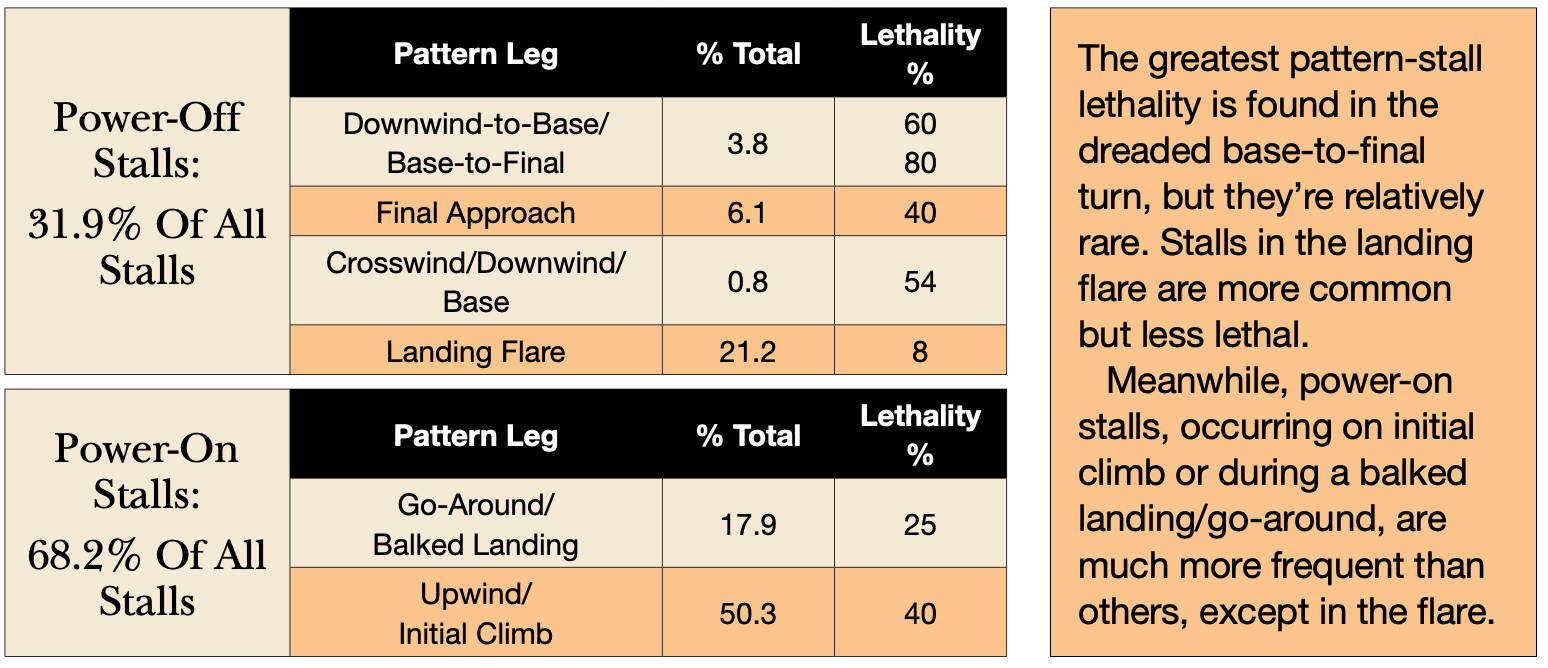
POWER OFF VS. POWER ON
Let’s look at it a different way. A little less than one-third of all pattern stalls occur at low power, the type of stall we practice most often. Over two-thirds of all pattern stalls occur during power-on phases of flight—the type of stall we don’t usually practice much. When we do practice power-on stalls, we almost never practice in the takeoff or go-around flap and landing gear configuration. The first time a pilot sees a real-world stall in the pattern is probably in a phase of flight he or she does not expect, in a configuration he or she has never practiced. No wonder they happen so often.
With what we’ve learned from the ASI report, let’s look back at the Cessna 140 crash. The accident pilot appears to have been focused on the competition goal and may not have even noticed the relative position of the preceding airplane, or at least not recognized it as a hazard. Similarly, perhaps because the pilot had already completed the base-to-final turn, he may not have even considered that he was at high risk for a traffic-pattern stall.
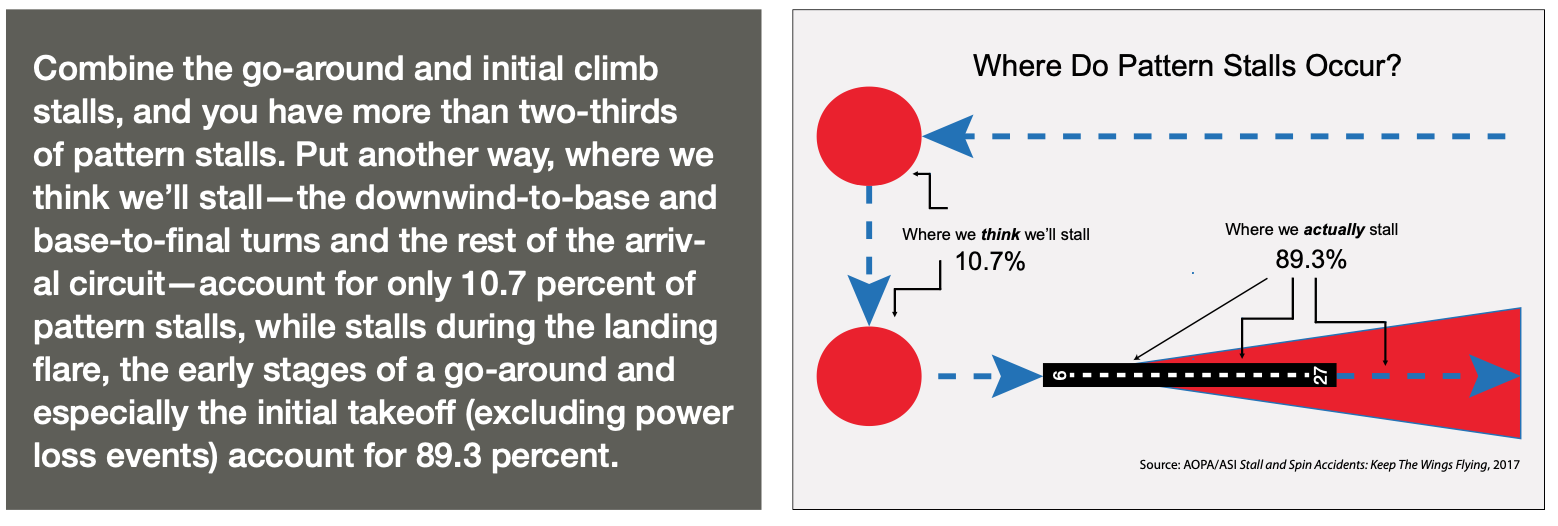
TRAINING FOR SUCCESS
What does the traffic-pattern stall record suggest? First, we seem to be doing a fairly good job of teaching power-off stall avoidance. Where power-off stalls are rampant is what we don’t usually think about stalls at all—the landing flare, resulting in a damaging, hard landing. Although the turn to final is where most pilots think stalls are most likely to occur, perhaps that awareness causes us to think about and practice power-off landing configuration stalls more often. This may be what makes us much less likely to stall during the arrival phase, although the Cessna 140 pilot bucked this trend unless (as some have suggested) he was beginning a go-around when it stalled.
Second, stalls during takeoff, initial climb and go-arounds are far more common than we think. Flying a power-on stall using the usual training and checkride techniques is uncomfortable, and frankly difficult to reproduce in most airplanes for most pilots, and even their instructors. The way we train and evaluate power-on stalls, usually in a “clean” configuration, makes getting the airplane to stall at all is challenging…leading us to believe there’s “no way I’d do that accidentally.”
As a result, we tend to practice power-on stalls less frequently, and almost never practice them in the takeoff or go-around configuration that can cause a more dramatic departure from controlled flight than when flaps and gear are up. A real-world power-on stall, then, may be the first time a pilot ever experiences what it’s like.
We need to carefully practice realistic power-on stalls, and do so more frequently, to avoid these most common stall scenarios. We can’t emphasize enough the need for rudder coordination.
Lastly, any traffic pattern stall more than a few feet above the ground can be deadly. So more focus on high angle of attack flight characteristics in all flight regimes is vital to safety. We must stall regularly and realistically for proficiency, and then fly the pattern deliberately to avoid stalls.
Rick Beach, one of the thought leaders of the Cirrus Owners and Pilot Association’s pilot training program, is famous (at least in some circles) for observing that loss of control of the airplane is always preceded by loss of command of that airplane. The lesson of the tragic Cessna 140 stall/spin crash, and of all stalls in the airport traffic pattern, is to maintain control of the airplane by anticipating and avoiding the multiple, sometimes surprising ways traffic-pattern stalls occur.
Tom Turner is a CFII-MEI who frequently writes and lectures on aviation safety.

